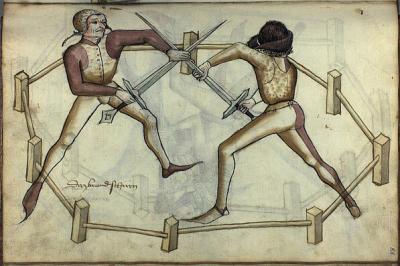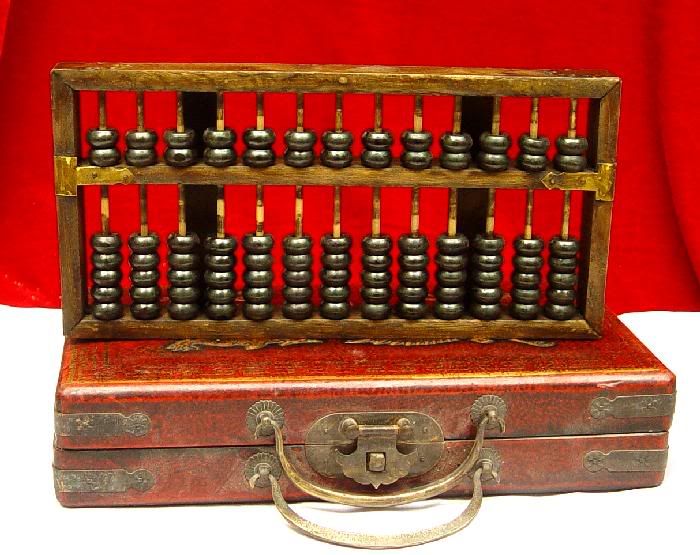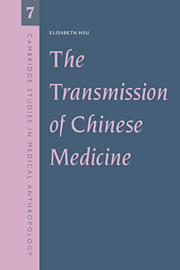Warriors, Artists and Technicians #2
/ The time when Confucius lived and taught in China was just before the Warring States Era. It seems likely that his codes of conduct and visions of social order were inspired by an earlier era when wars were fought by a class of warriors. The story goes that Confucius was born into a warrior class but his group or lineage was defeated before he came of age. So he had the warrior training (he was the greatest archer of his time), and the warriorcode (extraordinary discipline), but he no longer had the status of a warrior. The warrior era was waning.
The time when Confucius lived and taught in China was just before the Warring States Era. It seems likely that his codes of conduct and visions of social order were inspired by an earlier era when wars were fought by a class of warriors. The story goes that Confucius was born into a warrior class but his group or lineage was defeated before he came of age. So he had the warrior training (he was the greatest archer of his time), and the warriorcode (extraordinary discipline), but he no longer had the status of a warrior. The warrior era was waning.During the Warring States Era, hundreds of thousands of people were brought on to the fields of battle. These were not warriors; they were farmers, artisans, and convicts given weapons and conscripted to fight for generals, princes and kings.
At the end of the Warring States Era the first Emperor of the Qin (Qinshihuangdi), mostly finished off the warrior class. By the time of Han Wudi, there was none left in China.
In Ancient Greece warriors invented democracy. The recent movie "300" is
 about a last stand of a group of warriors against a conscript army. Alexander the Great and later the Romans, fielded huge well-disciplined armies, but when not at war, men were considered "citizens" not warriors.
about a last stand of a group of warriors against a conscript army. Alexander the Great and later the Romans, fielded huge well-disciplined armies, but when not at war, men were considered "citizens" not warriors.In Europe around 1000 years ago, various kings called together every man who had a horse and sent them into battle. They carved up the land in to kingdoms. Those men, whose contribution was their horse and their bravado, were made noble. They became "gentlemen" "landlords," and "knights." They developed a very strict warrior code, which we have come to think of as Honor. With in this code, if someone called you a liar, or insulted someone beneath you in the hierarchy, you had to fight them. If the offender was also a gentleman, you had to duel with them. In this world, people were not free to disagree. The expression "I beg to differ," is a holdover from these times. If you opened a shop and started selling stuff, you lost your status as a gentleman.
Fortunately this code of honor is mostly gone today. But it does linger. This aristocracy was very weak at the beginning of the 20th Century, and they died in disproportionate numbers during WWI.

A very tough form of Warrior Honor developed on the border between England and Scotland. These two countries were at war for 1000 years, so long that the landlords in the borderlands collected their taxes by something they called Blackmail. They lived in small rough houses, abducted their wives, and sharpened their thumbs for plucking out eyes. In 1650 or so, when England and Scotland made peace, better-organized landlords came in and slaughtered the boarder people. The survivors fled briefly to Northern Ireland and then came to America. They are known formally as the Scots-Irish, but they have always called themselves 'rednecks.'
So it is fair to say that tiny hints of Warrior Honor exist in the US Military today, but it is a volunteer army most citizens (and some non-citizens) can qualify to join.
In Japan, to be a warrior, you had to be born into the Samurai class. (I believe a Samurai could also adopt you at any age.) Only Samurai
 were allowed to own swords, on penalty of death. Before Musashi, there was some training, mostly match fighting, grappling, throwing and wrestling. The code of a Samurai was very strict. It emphasized fearlessness and a willingness to die with out hesitation. Musashi was a real man, but as a myth he is credited with destroying the Warrior Code by using and teaching technique to win. Like the Europeans who considered it a violation of the code to practice shooting or fencing before a duel, the Samurai code valued pure fearlessness, pure willingness to die, not skill.
were allowed to own swords, on penalty of death. Before Musashi, there was some training, mostly match fighting, grappling, throwing and wrestling. The code of a Samurai was very strict. It emphasized fearlessness and a willingness to die with out hesitation. Musashi was a real man, but as a myth he is credited with destroying the Warrior Code by using and teaching technique to win. Like the Europeans who considered it a violation of the code to practice shooting or fencing before a duel, the Samurai code valued pure fearlessness, pure willingness to die, not skill.Part 3: Art vs. Skill

 What is the difference between a warrior, a martial artist, and a skilled expert?
What is the difference between a warrior, a martial artist, and a skilled expert? hair, animal skins, horns and a terrifying mask. After countless generations, these shaman-warriors morphed into warriors with a strict code. The warriors of neighboring kingdoms fought each other on designatied fields of battle, with codes of conduct and rules about how to kill, whom to kill, and what to do with captured enemies.
hair, animal skins, horns and a terrifying mask. After countless generations, these shaman-warriors morphed into warriors with a strict code. The warriors of neighboring kingdoms fought each other on designatied fields of battle, with codes of conduct and rules about how to kill, whom to kill, and what to do with captured enemies. for staying in power.
for staying in power. Jess O'Brien edited together a bunch of interviews with internal martial artists called
Jess O'Brien edited together a bunch of interviews with internal martial artists called  I think my favorite section was the interview with Luo Dexiu where he talks about the cultural barriers he had to get around in order to learn from very traditional teachers. In that traditional setting a direct question would have been perceived as a challenge to the status of his teacher, and his teacher would have gotten very angry. He and his fellow students came up with all sorts of ingenious ways to get questions answered with out actually ever asking a question. At one point he and another student stage angry huff and puff arguments and then ask the teacher to settle them.  This technique got some their questions answered.
I think my favorite section was the interview with Luo Dexiu where he talks about the cultural barriers he had to get around in order to learn from very traditional teachers. In that traditional setting a direct question would have been perceived as a challenge to the status of his teacher, and his teacher would have gotten very angry. He and his fellow students came up with all sorts of ingenious ways to get questions answered with out actually ever asking a question. At one point he and another student stage angry huff and puff arguments and then ask the teacher to settle them.  This technique got some their questions answered. Nam Singh
Nam Singh I took the following quote from Joanna Zorya at
I took the following quote from Joanna Zorya at  It is a standard of Chinese martial arts that one should cultivate balance. When I learned my first broad sword form (wuhudao) my teacher, Bing Gong, had me learn it with the sword in the left hand because I am left handed. This meant that I had to learn a mirror image of the form he did. Being the precocious kid that I was, I taught myself the right hand too.Later a second teacher, George Xu, taught me another sword form (baxianjian). At the beginning I suggested that perhaps I should learn it left handed. His response was memorable, and classic gongfu-teacher-speak, "You don't have any idea how to use either hand...yet." (I learned it right handed.)
It is a standard of Chinese martial arts that one should cultivate balance. When I learned my first broad sword form (wuhudao) my teacher, Bing Gong, had me learn it with the sword in the left hand because I am left handed. This meant that I had to learn a mirror image of the form he did. Being the precocious kid that I was, I taught myself the right hand too.Later a second teacher, George Xu, taught me another sword form (baxianjian). At the beginning I suggested that perhaps I should learn it left handed. His response was memorable, and classic gongfu-teacher-speak, "You don't have any idea how to use either hand...yet." (I learned it right handed.)
 Readers can comment on this provocative idea:
Readers can comment on this provocative idea: Elisabeth Hsu wrote an article in
Elisabeth Hsu wrote an article in 